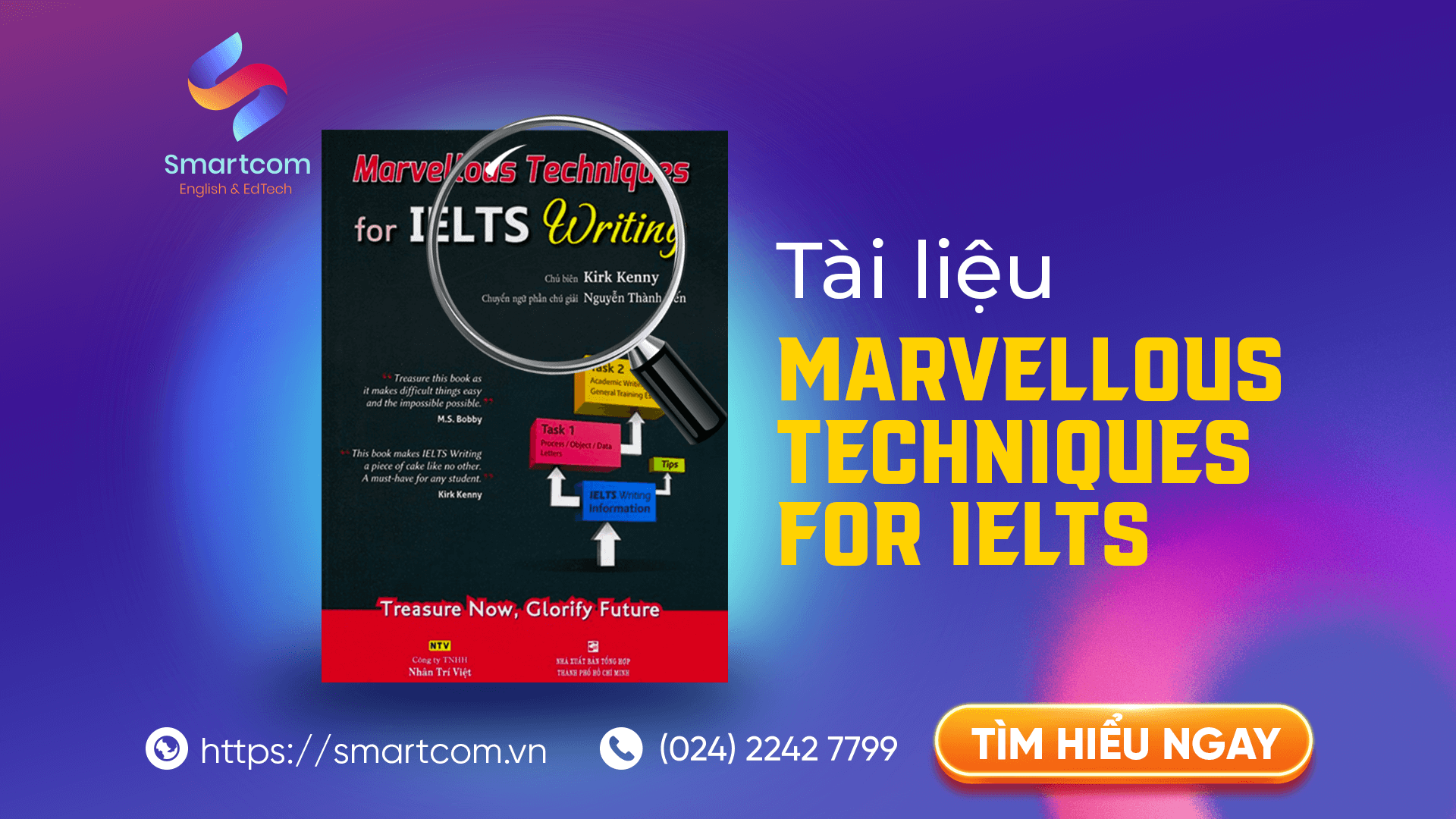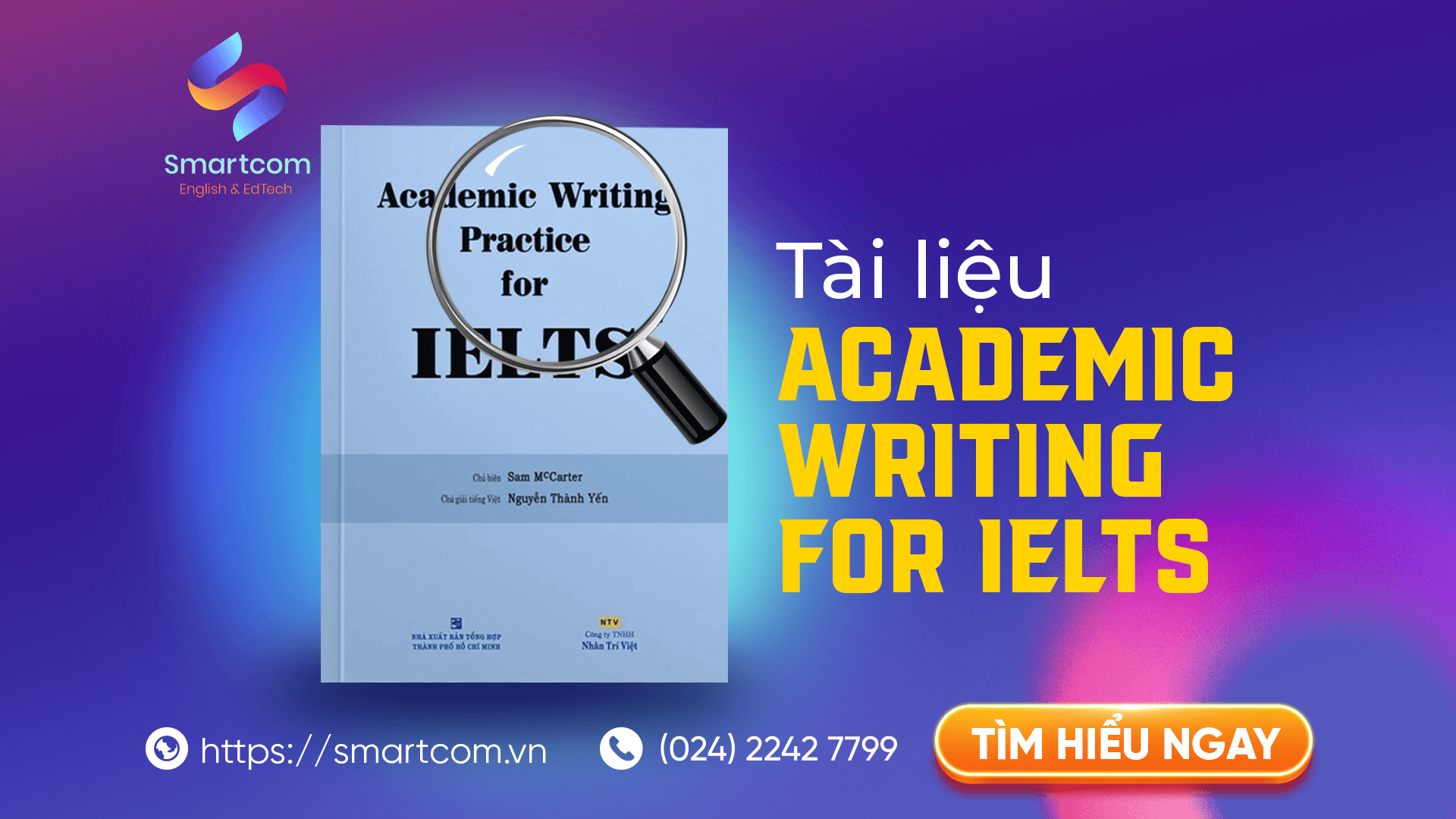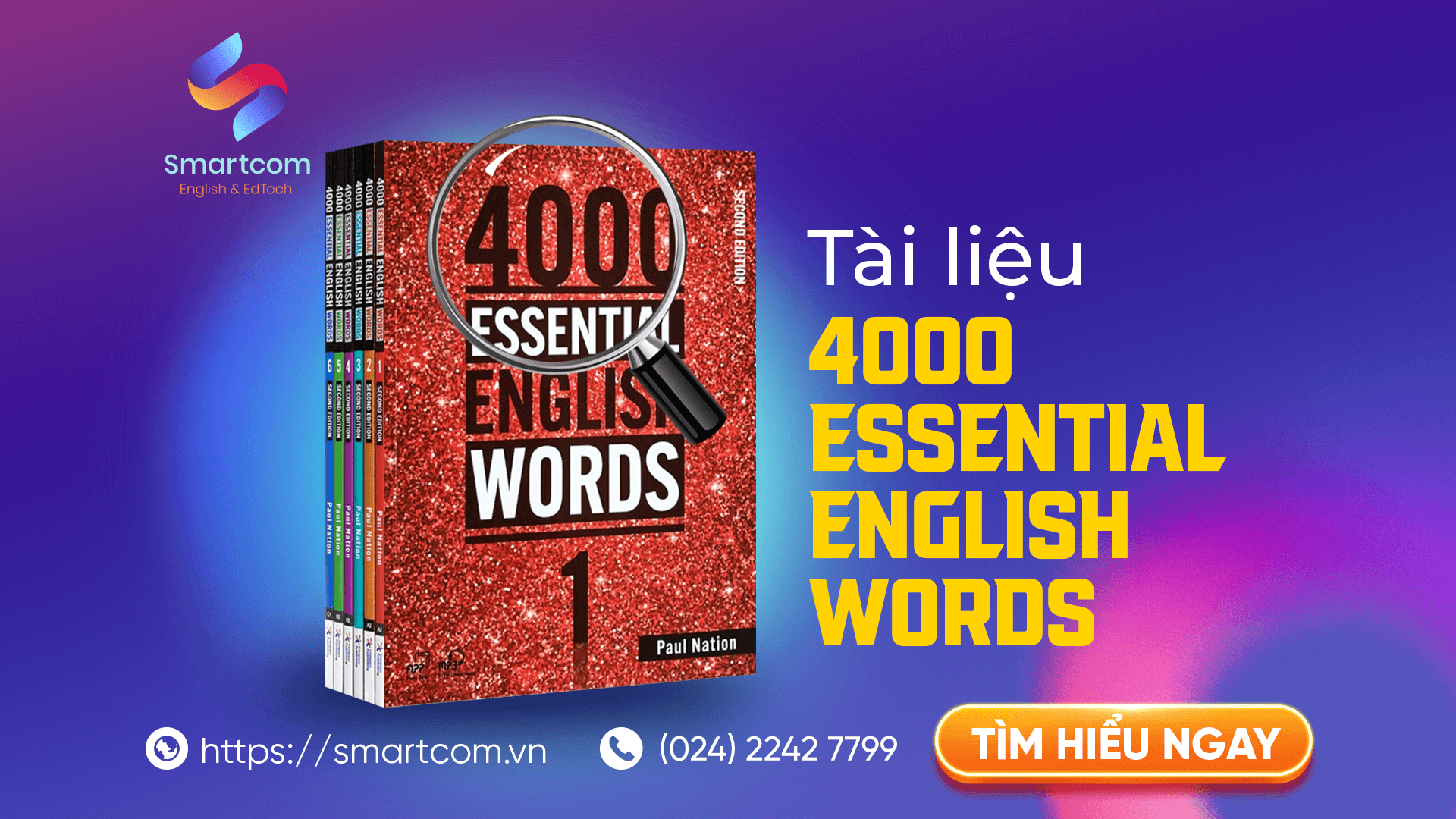Đội ngũ chuyên gia tại Smartcom English là tập hợp những chuyên gia đầu ngành trong lĩnh vực IELTS nói riêng và tiếng Anh nói chung. Với phương pháp giảng dạy sáng tạo, kết hợp với công nghệ AI, chúng tôi mang đến những trải nghiệm học tập độc đáo và hiệu quả. Mục tiêu lớn nhất của Smartcom Team là xây dựng một thế hệ trẻ tự tin, làm chủ ngôn ngữ và sẵn sàng vươn ra thế giới.
Nhằm đáp ứng nhu cầu tìm hiểu các giải đáp chi tiết đối với các đề thi trong cuốn IELTS Cambridge 19, Smartcom English xin tiếp tục giới thiệu tới các sĩ tử IELTS bài giảng phân tích chi tiết kèm theo bài viết mẫu ở thang điểm cao (8.0+) cho kỹ năng Viết ở Bài luận số 2 (IELTS Writing Task 2) trong đề số 4.
Tải miễn phí: Ebook giải đề IELTS Writing CAMBRIDGE 19 (PDF)
Tổng quan dạng bài “positive or negative”
Dạng bài phát triển tích cực hay tiêu cực là dạng bài luận phổ biến trong IELTS Task 2, và dạng bài này yêu cầu thí sinh phải xác định rõ ràng quan điểm cá nhân của mình và ủng hộ quan điểm đó bằng những lý lẽ, ví dụ phù hợp.
Đề bài lần này thảo luận về mặt lợi và mặt hại của việc người tiêu dùng có thể tiếp cận với các loại đồ ăn trên thế giới một cách dễ dàng tại siêu thị. Đây là chủ đề khá khó vì nó không chỉ liên quan đến đồ ăn mà còn yêu cầu người viết phải có một vốn kiến thức xã hội phong phú. Hãy cùng phân tích cụ thể đề bài này nhé!

Phân tích đề bài và các bước làm
Bước 1: Đọc kỹ câu hỏi và phân tích kỹ câu hỏi đã cho dưới đây:
You should spend about 40 minutes on this task.
Write about the following topic:
In many countries nowadays, consumers can go to a supermarket and buy food produced all over the world.
Do you think this is a positive or negative development?
Give reasons for your answer and include any relevant examples from your own knowledge or experience.
Write at least 250 words.
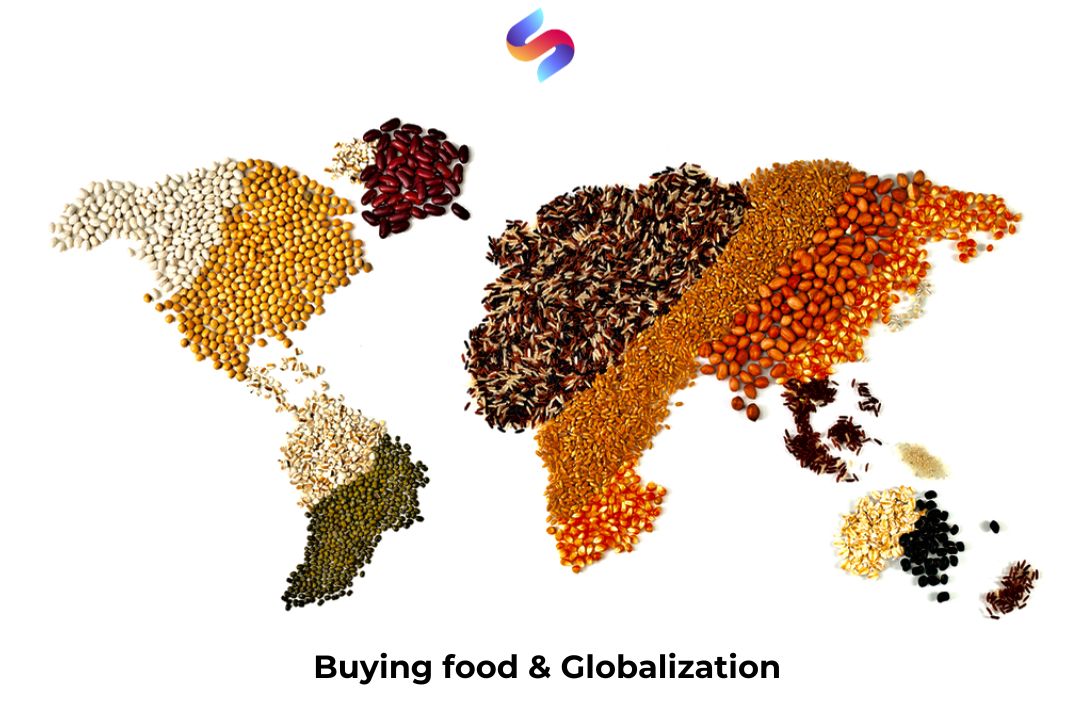
– Dịch đề bài: để giúp bạn hiểu đúng đề bài, Smartcom English xin dịch lại đề cụ thể như sau: “Hiện nay, ở nhiều quốc gia, người tiêu dùng có thể đến siêu thị và mua thực phẩm được sản xuất từ khắp nơi trên thế giới. Bạn nghĩ rằng đây là một sự phát triển tích cực hay tiêu cực?“
– Từ khóa chính: Mua thực phẩm, ở một siêu thị, hàng hóa được sản xuất từ khắp nơi trên thế giới.
– Nhiệm vụ phải trình bày: mặt Tích cực, mặt Tiêu cực, và Ý kiến của bạn.
Bước 2: Lên dàn ý và chuẩn bị từ vựng cần thiết
Mặt tích cực (positive development)
- Increased variety and availability (hàng hóa phong phú và sẵn có hơn): Consumers have access to a wide variety of foods that are not locally produced, allowing for more diverse and balanced diets. Exotic fruits, vegetables, and specialty foods from other regions or countries are available year-round.
- Economic benefits (các lợi ích kinh tế): Exporting countries can boost their economies by selling their agricultural products to a global market. Importing countries can meet the demand for certain foods that cannot be produced locally due to climate or other factors.
- Cultural exchange (giao lưu văn hóa): Exposure to different cuisines and food cultures fosters cultural exchange and understanding. Culinary diversity enhances culinary creativity and innovation.
Mặt tiêu cực (Negative development)
- Environmental impact: Transporting food over long distances contributes to carbon emissions and environmental degradation. Intensive farming practices in some countries can lead to deforestation, loss of biodiversity, and soil depletion.
- Impact on local farmers: Local farmers may struggle to compete with cheaper, imported products, which can lead to loss of livelihoods and decline in local agricultural industries. Dependency on imported foods can undermine local food security.
- Quality and safety concerns: Long supply chains can complicate quality control and traceability, increasing the risk of food contamination and fraud. Some imported foods may not meet the same safety and quality standards as locally produced foods.
Bài giải đề mẫu
In today’s society, the ability of consumers to buy food produced all over the world in supermarkets has sparked a debate among economists and environmentalists on a global scale. While supporters argue that this is beneficial in terms of providing diverse food options and boosting the economy, opponents are concerned about its negative impact on the environment and local agriculture. However, this essay believes that the benefits of globalizing food markets outweigh the drawbacks.
On one hand, some argue that importing food from all over the world has negative environmental impacts. Specifically, according to a study by the Food and Agriculture Organization (FAO), transporting food over thousands of kilometers increases carbon emissions, contributing to climate change. Consequently, many environmental activists have called for reducing unnecessary food imports. Furthermore, this practice affects local agriculture as farmers cannot compete with the prices of imported food. This issue not only occurs locally but also has a global impact.
On the other hand, globalizing food markets brings numerous benefits, especially in terms of economic and cultural aspects. People can easily access a diverse range of foods from around the world, improving their diet and fostering culinary creativity. This is particularly true in large urban areas where the demand for diverse food is high. For instance, in cities like New York and London, consumers can find food from every country, creating a rich and diverse culinary landscape.
Both sides of the issue have their strengths and weaknesses. While the negative aspect of importing food includes environmental impact and challenges to local agriculture, the stronger point is the economic and cultural benefits it brings. Moreover, promoting cultural exchange through food contributes to international understanding and peace.
In conclusion, the issue of importing food from all over the world presents both advantages and disadvantages, but this essay posits that the economic and cultural benefits outweigh the negative impacts on the environment and local agriculture as discussed above. Governments and individuals should prioritize sustainable development and support local agriculture while taking advantage of the benefits from global food markets.
(341 words – band 8.0)
Đánh giá bài viết theo 4 tiêu chí chấm điểm
Task Response: 9/9
Bài viết trả lời đầy đủ yêu cầu của đề bài, thảo luận cả hai mặt của việc tiêu thụ thực phẩm toàn cầu hóa và đưa ra quan điểm rằng những lợi ích về kinh tế và văn hóa vượt trội so với các nhược điểm. Người viết đã nêu rõ các lập luận về ảnh hưởng môi trường và nền nông nghiệp địa phương, đồng thời cung cấp các dẫn chứng thích hợp như nghiên cứu từ FAO và ví dụ về các thành phố lớn.
Coherence and Cohesion: 9/9
Bài viết có cấu trúc rõ ràng và mạch lạc, với các đoạn văn phát triển hợp lý và liên kết tốt giữa các ý tưởng. Người viết đã sử dụng các từ nối như “On one hand,” “On the other hand,” và “In conclusion” để tạo sự liên kết giữa các đoạn.
Lexical Resource: 9/9
Vốn từ vựng của người viết phong phú và phù hợp với chủ đề, với các từ ngữ như “carbon emissions,” “culinary creativity,” “cultural exchange,” và “sustainable development.” Điều này cho thấy người viết có khả năng sử dụng từ ngữ một cách chính xác và phù hợp.
Grammatical Range and Accuracy: 9/9
Người viết đã thể hiện sự kiểm soát tốt về ngữ pháp, sử dụng nhiều cấu trúc câu phức tạp như câu ghép và câu phức. Các câu như “While supporters argue that this is beneficial in terms of providing diverse food options and boosting the economy, opponents are concerned about its negative impact on the environment and local agriculture” thể hiện khả năng sử dụng câu phức một cách hợp lý.
Overall: 9.0
Bài viết đã hoàn thành tốt nhiệm vụ với cấu trúc mạch lạc, vốn từ vựng phong phú và ngữ pháp đa dạng. Mặc dù còn một số lỗi nhỏ về ngữ pháp và cấu trúc câu có thể cải thiện, bài viết vẫn thuyết phục và phù hợp với yêu cầu của đề bài.
Từ vựng cần học
sparked a debate /spɑːkt ə dɪˈbeɪt/: gây ra một cuộc tranh luận
economists /ɪˈkɒnəmɪsts/: các nhà kinh tế học
environmentalists /ɛnˈvaɪɹənˌmɛnəɫɪs/: các nhà môi trường học
on a global scale /ɒn ə ˈɡləʊbᵊl skeɪl/: trên phạm vi toàn cầu
beneficial /ˌbɛnɪˈfɪʃᵊl/: có lợi
diverse food options /daɪˈvɜːs fuːd ˈɒpʃᵊnz/: các lựa chọn thực phẩm đa dạng
are concerned about /ɑː kənˈsɜːnd əˈbaʊt/: đang quan tâm đến
local agriculture /ˈləʊkᵊl ˈæɡrɪkʌlʧə/: nông nghiệp địa phương
globalizing food markets /ˈɡləʊbᵊlaɪzɪŋ fuːd ˈmɑːkɪts/: toàn cầu hóa thị trường thực phẩm
outweigh /aʊtˈweɪ/: vượt trội hơn
environmental impacts /ɪnˌvaɪrᵊnˈmɛntᵊl ˈɪmpæks/: tác động môi trường
emissions /ɪˈmɪʃᵊnz/: lượng khí thải
climate change /ˈkɫaɪmət ˈtʃeɪndʒ/: biến đổi khí hậu
environmental activists /ɪnˌvaɪrᵊnˈmɛntᵊl ˈæktɪvɪsts/: những nhà hoạt động môi trường
called for /kɔld fɔr/: kêu gọi
practice /ˈpɹæktəs/: cách làm, phương pháp
compete with /kəmˈpit ˈwɪð/: cạnh tranh với
imported food /ɪmˈpɔrtɪd fud/: thực phẩm nhập khẩu
occurs locally /əˈkɜrz ˈloʊkəli/: xảy ra tại địa phương
a global impact /ə ˈɡloʊbəl ˈɪmpækt/: tác động toàn cầu
numerous /ˈnumərəs/: nhiều
cultural aspects /ˈkʌlʧərəl ˈæˌspɛkts/: các khía cạnh văn hóa
a diverse range of /ə daɪˈvɜrs reɪnʤ ʌv/: một loạt các
culinary creativity /ˈkʌlɪnᵊri ˌkriːeɪˈtɪvəti/: sự sáng tạo trong ẩm thực
diverse culinary landscape /daɪˈvɜrs ˈkjulɪˌnɛri ˈlændˌskeɪp/: bối cảnh ẩm thực đa dạng
strengths /strɛŋkθs/: điểm mạnh
weaknesses /ˈwiknəsəz/: điểm yếu
challenges /ˈʧælənʤɪz/: thách thức
promoting cultural exchange /prəˈmoʊtɪŋ ˈkʌlʧərəl ɪksˈʧeɪnʤ/: thúc đẩy trao đổi văn hóa
international understanding and peace /ˌɪntərˈnæʃənəl ˌʌndərˈstændɪŋ ænd pis/: sự hiểu biết quốc tế và hòa bình.
individuals /ˌɪndəˈvɪʤəwəlz/: cá nhân
prioritize /praɪˈɔrəˌtaɪz/: ưu tiên
sustainable development /səˈsteɪnəbᵊl dɪˈvɛləpmənt/: việc phát triển bền vững
taking advantage /ˈteɪkɪŋ ædˈvæntɪʤ/: tận dụng
Hy vọng là bài giảng trên của các chuyên gia IELTS tại Smartcom English đã cung cấp cho bạn cái nhìn tổng thể, và lời giải chi tiết cho câu hỏi về Postitive or Negative development. Bài viết không đi sâu vào ý tưởng phức tạp hay từ vựng khó, mà chỉ tập trung giải quyết ý tưởng dễ thấy và từ vựng hữu ích, dễ dùng và ưu tiên chuỗi logic trong cách lập luận.
Để học sâu hơn các bài giảng này, bạn cần đến lớp học trực tiếp hoặc sử dụng hệ thống giảng dạy online của Smartcom English để hấp thụ nhanh và sâu hơn kiến thức viết IELTS, đồng thời học theo chuỗi bài có tính logic, và hệ thống hóa, giúp dễ nhớ và nắm được vấn đề một cách toàn diện hơn.
Hãy comment ở dưới nếu bạn muốn Smartcom English giải thêm những đề bài viết mà bạn quan tâm, hoặc góp ý để chúng tôi cải thiện hơn.
By: Smartcom English – IELTS experts
(Đăng lại nhớ ghi rõ nguồn. Bản quyền thuộc về Smartcom English)
Kết nối với mình qua

![[PDF + Audio] Tải Sách IELTS Cambridge 19 (Kèm đáp án)](https://smartcom.vn/blog/wp-content/uploads/2024/06/ielts-cambridge-19_optimized.png)

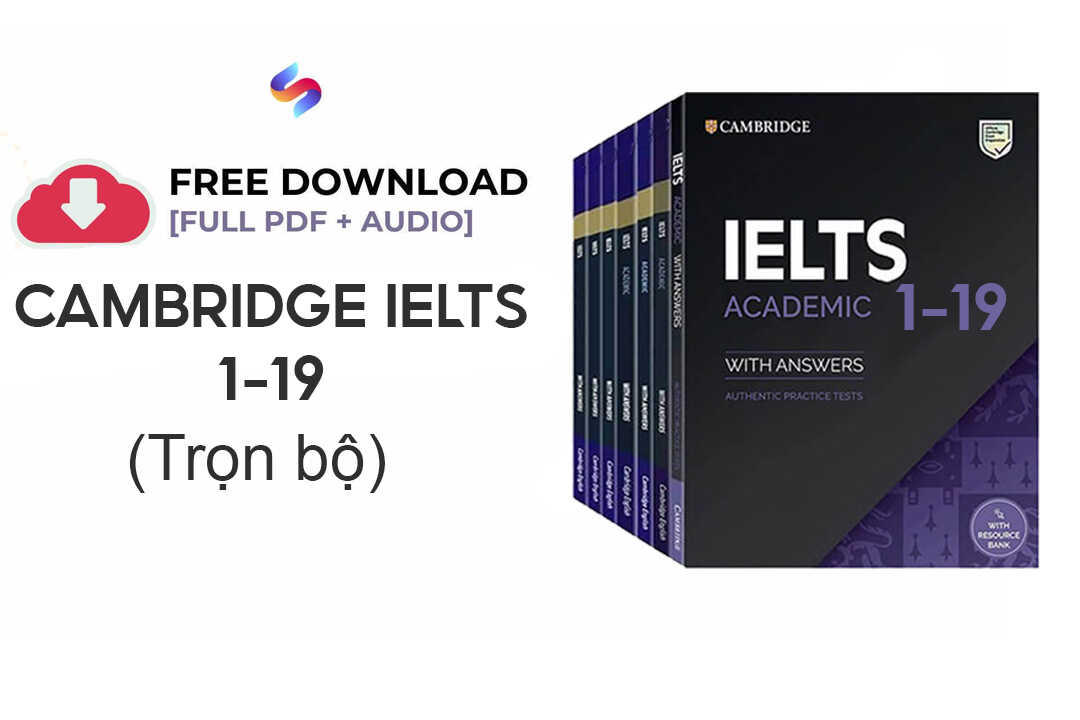

![[PDF + Audio] Tải Sách IELTS Cambridge 17 (Kèm đáp án)](https://smartcom.vn/blog/wp-content/uploads/2024/07/sach-ielts-cambridge-17_optimized.jpg)
![[PDF + Audio] Tải Sách IELTS Cambridge 15 (Kèm đáp án)](https://smartcom.vn/blog/wp-content/uploads/2024/07/ielts-cambridge-15_optimized.jpg)
